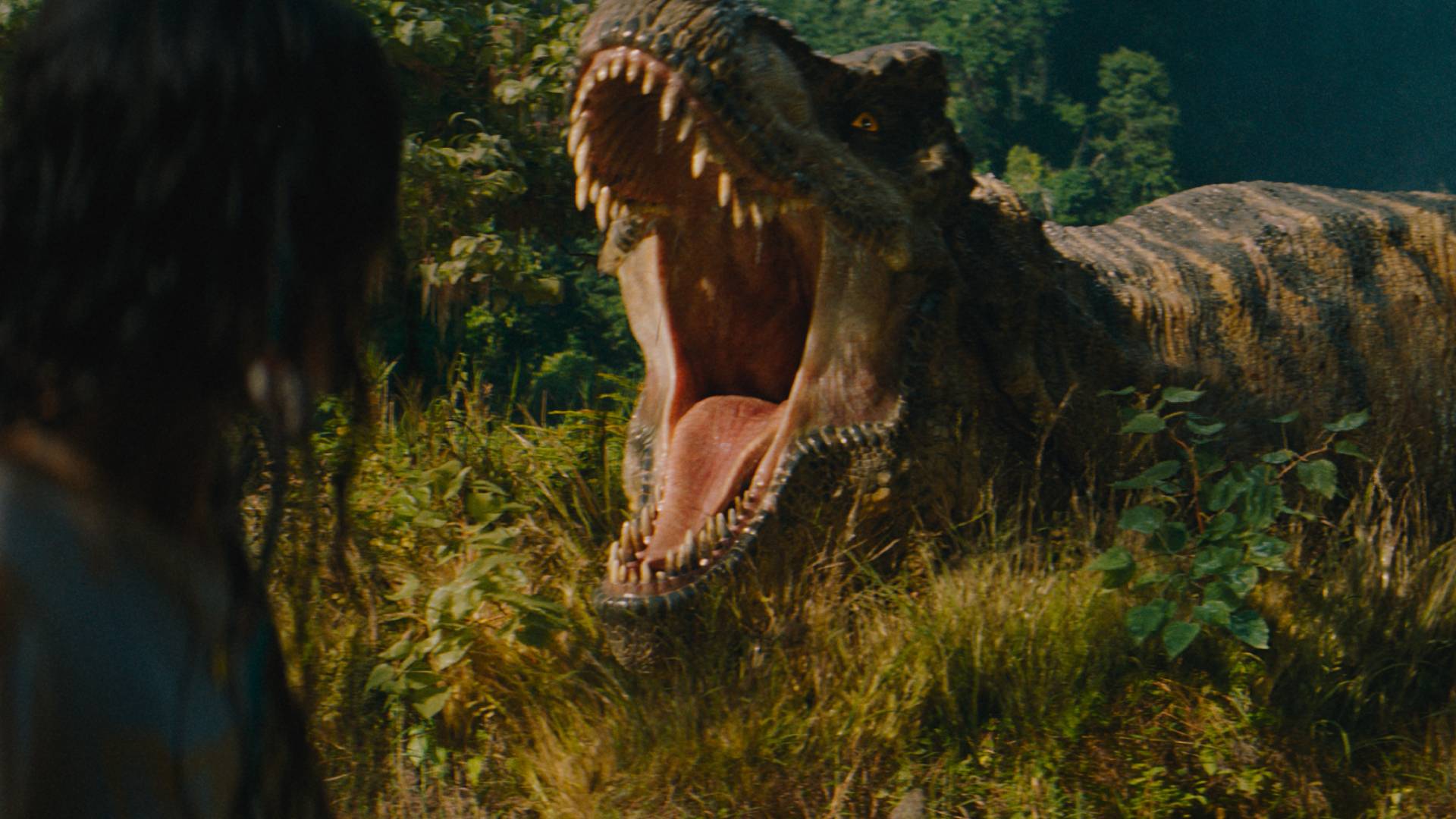If you've even the most passing interest in cinema, you will be aware of Nosferatu: A Symphony of Horror. FW Murnau's classic is an iconic film of the German expressionist period, and one of the most famous of all silent movies.
A completely unofficial screen adaptation of Bram Stoker's Dracula, this film - available on DVD with the original German intertitles and musical score for the first time - introduces us to Count Orlok, portrayed by the legendary Max Schreck.

We spoke to Nick Wrigley , DVD Production Director for the Masters of Cinema Series and Craig Keller , DVD Producer for the Masters of Cinema Series, about what went in to restoring the legendary horror flick to all its glory.
SFX: How different is this release of Nosferatu from previous editions? What makes it exciting?
Nick Wrigley: "Previous editions of Nosferatu have never managed to pull everything together. They suffered from a mixture of the following problems: hazy picture quality that was a little indistinct; removal of the German intertitles which were replaced with modern English ones at some point in the last 80 years; tinting that has not been applied correctly or even at all; a non-original score which bore no resemblance to the original Hans Erdmann music (which was never recorded in the 1920s, but only performed live at screenings)."
"What makes the new edition exciting is that the FW Murnau-Stiftung became involved and found the best existing materials to restore! The FWMS are the German organisation responsible, along with distributor Transit Film, for restoring Fritz Lang's Metropolis and other Murnau films such as Faust and Tabu, amongst many other classics of German cinema. So for the first time since the film was released in 1922 - and abruptly banned by court order - everything has finally come together again. The picture quality is remarkable. The restoration has cleaned up damage and stabilised the image. It took a small team the best part of a year and cost a fortune, but it's been more than worth it! Not only is the picture a joy to behold, giving the film more emotional impact, and making more hairs stand up on the back of your neck, but the original score has been located and performed for the first time since the 1920s by Radio Symphony Orchestra Saarbrücken conducted by Berndt Heller. You can hear it on the new DVD in 2.0 stereo and 5.1 surround sound."
"For film historians and fans of authenticity, the original German intertitles have been retained, and where they have been lost, they have been recreated in exactly the same style, using censor's records of the time (which detailed exactly what was written on all the titlecards)."
SFX: And how hard was it to recreate those original score and German interstitials?
Nick Wrigley: "It was handled by FWMS in Germany. Their main difficulty really was in locating the original score. Once found, the Radio Symphony Orchestra Saarbrücken and Berndt Heller did a tremendous job. Film historians who have known and loved Nosferatu for decades but never heard this score before are regularly saying to me that it fits the film like a glove. It's a tremendously powerful experience seeing this film with such visual clarity and knowing that this was the score that Murnau approved and which the original audience heard back in 1922…"
Get sneak previews, exclusive competitions and details of special events each month!

SFX: After all this time, why do you think that Nosferatu still resonates with audiences today?
Nick Wrigley: "It's a film made with tremendous skill by a director who went on to make some of the greatest films of the silent era (Der Letzte Mann, Faust, Sunrise). Oh, and it scared the bejeezus out of everyone who saw it, single-handedly creating the 'horror' genre a whole decade before the famous Universal horror films like Dracula. Many horror film clichés were born in Nosferatu - but they were not clichés at the time of course. I think it constantly amazes people just how eternally creepy the whole thing is."
SFX: What characterises Murnau's style? How has it kept that power?
Craig Keller: "Murnau's images thrive on the interplay between light-sources (both natural and artificial) and all the different textures within the frame in any given shot. And for Murnau, the available surface-space in any scene included not only a table in a room, or a face in close-up but also the very air itself. The tonal effects he achieved by working light upon a swath of fog, or through a ream of uncoiling smoke - or even on top of rippling, liquid surfaces - are achingly beautiful, and this is what's being referred to whenever you hear someone invoke the 'chiaroscuro' quality of Murnau's images. He turns material space into something much more ethereal, and in this sense he's like a great painter - the cinema equivalent of Corot, or John Constable. Similarly, his subjects are often very simple, but his execution, I think, opens a door for the viewer's subconscious to rush in and start asking quiet questions. His films are like myths."

SFX: Can you fill us in on the controversy surrounding its original adaptation from Dracula - the Stoker family objected, didn't they?
Craig Keller: "Stoker had died in 1912, so by the time Murnau's Nosferatu saw the light of day - so to speak - in 1922, it was the writer's widow, Florence, who stepped in to litigate. The producers had basically approached Stoker's work in the spirit of a 'free adaptation' (credited to Henrik Galeen, from the Stoker novel), and the consequence was a court ruling upholding the wife's claim that she, representing the Stoker estate, had neither been approached for permission nor paid any royalties from the production. And, incidentally, although Murnau and his collaborators had changed the names of all the original novel's characters to new, 'Germanic' equivalents, the American export-copies of the film, for whatever bold reason, retained the Stoker-originals. With the production company already declared bankrupt by the 1925 ruling, any monetary amends collected on behalf of the estate would be nebulous to say the least, so she was able to demand that the negative and all known prints be destroyed. But enough copies of the film had been disseminated around the world by that point in the form of export prints that several 'safety copies' had already been deposited in film archives. Not to mention the fact that regular copies remained in private and public circulation! Thanks to the Murnau-Stiftung's meticulous reconstruction, though, here we are in 2007 with something extremely close to Murnau's first version of the picture - and the result is that, going forward, generations of film audiences will be able to see the film in its ideal form, more than eight decades on from the time of its première."
Thanks guys! The DVD is available now priced £22.99. Take a look at the trailer on YouTube by going here .

And remember folks, you could win a copy of it in a competition in the latest issue of SFX, on sale from Wednesday 21 November.
SFX Magazine is the world's number one sci-fi, fantasy, and horror magazine published by Future PLC. Established in 1995, SFX Magazine prides itself on writing for its fans, welcoming geeks, collectors, and aficionados into its readership for over 25 years. Covering films, TV shows, books, comics, games, merch, and more, SFX Magazine is published every month. If you love it, chances are we do too and you'll find it in SFX.


